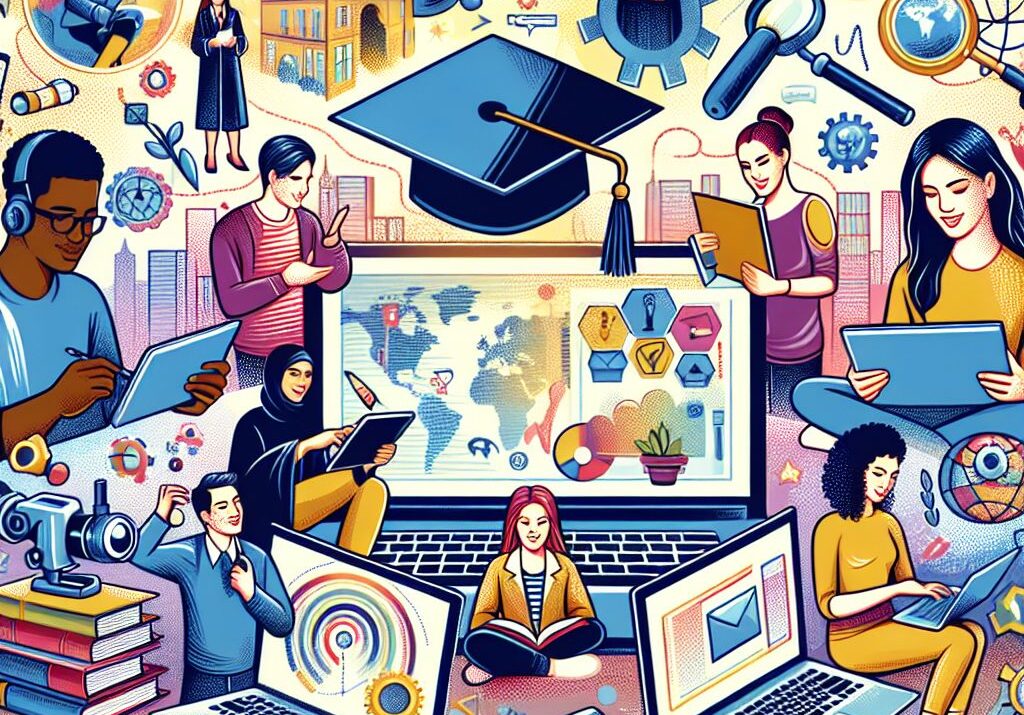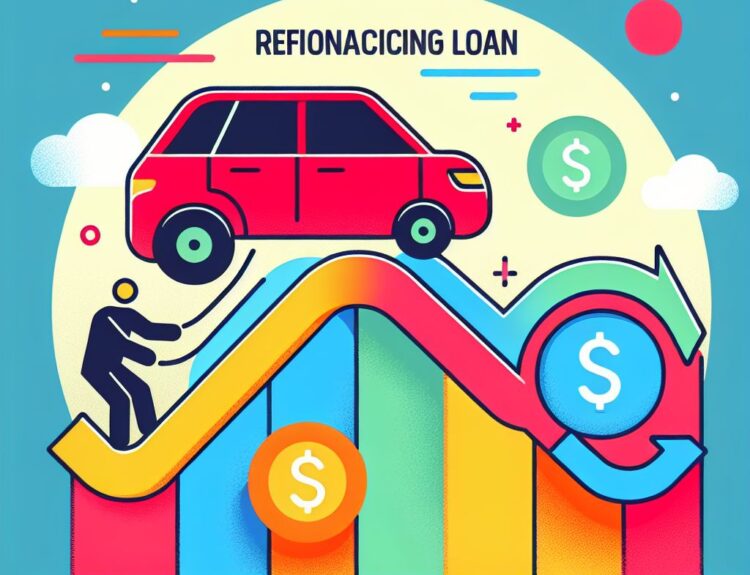Introduction: The Changing Landscape of Higher Education
The COVID-19 pandemic has brought an unprecedented shift in the education sector, leading to a significant increase in the adoption of distance learning in higher education. The value of distance learning lies in its potential to democratize education, making it accessible to individuals irrespective of their geographical location or financial status. This article will explore the future of distance learning in higher education, discussing the advancements in technology, the growing acceptance of online degrees, and the evolving teaching methodologies in this new educational paradigm.
• Distance Learning democratizes education by making it accessible to all.
• Advancements in technology are reshaping the future of higher education.
The Technological Revolution in Distance Learning
The use of advanced technologies like artificial intelligence, virtual reality, and big data analytics is revolutionizing distance learning. These technologies are enhancing the learning experience by providing personalized learning paths, interactive content, and real-time performance analytics. This evolution is creating a flexible and engaging learning environment that caters to the diverse needs of students (Advancing Education from Afar: The Future of Distance Learning in Higher Education).
The Growing Acceptance of Online Degrees
With the increase in quality and accessibility of online education, there is a growing acceptance of online degrees among employers. A study by Northeastern University found that 61% of HR leaders believe that online learning is of the same quality as traditional learning. This shift in perception is encouraging more students to opt for online degrees, further fueling the growth of distance learning in higher education (Expanding Horizons: The Future of Distance Learning in Higher Education).
Evolving Teaching Methodologies in Distance Learning
The pedagogical approaches in distance learning are rapidly evolving to enhance student engagement and learning outcomes. The focus is shifting from teacher-centric to student-centric learning, promoting active learning and critical thinking. Additionally, the incorporation of gamification and collaborative learning strategies is making online learning more engaging and effective (The Power of Early Learning: Exploring the Benefits of Early Childhood Education).
Challenges and Opportunities in Distance Learning
Despite its potential, distance learning faces several challenges, including digital divide, lack of face-to-face interaction, and student isolation. However, these challenges also present opportunities for innovation and improvement. For example, universities can invest in digital infrastructure to bridge the digital divide, and leverage social media and virtual collaboration tools to foster a sense of community among online learners.
Conclusion: The Future of Distance Learning
The future of distance learning in higher education looks promising, with advancements in technology, growing acceptance of online degrees, and evolving teaching methodologies. While it comes with its set of challenges, the opportunities it presents for democratizing education and fostering lifelong learning are immense. In this evolving educational landscape, institutions that embrace change and adapt to the needs of the digital learners will thrive.







